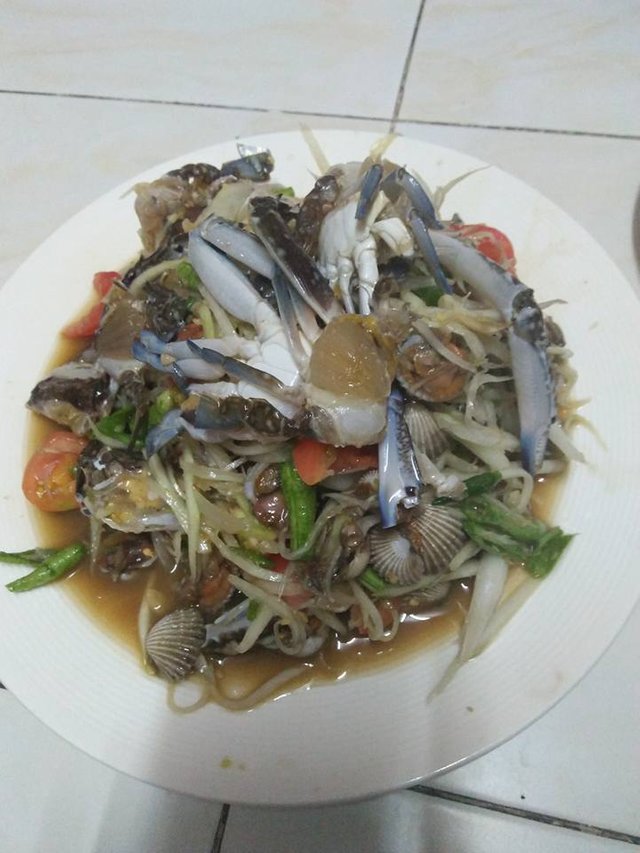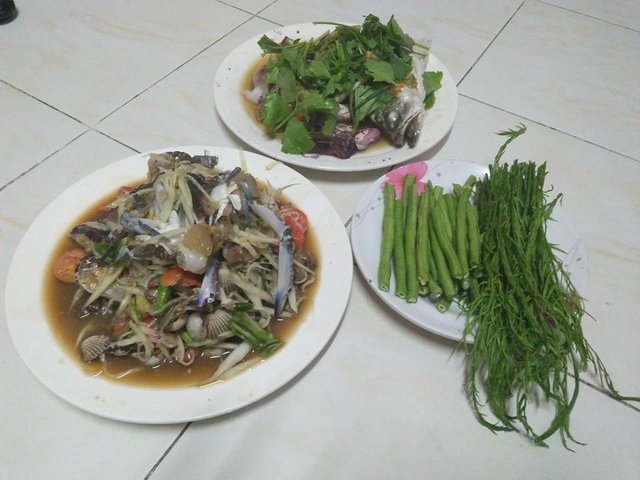Seafood Adventures lunch-importance of seafood in our life style

If you are looking for a healthy, tasty and easy-to-prepare food, seafood is better. The USDA recommends eating seafood twice a week for health reasons. Today, Americans eat seafood: flies, salmon, tuna, cod, goats Note: If Samuel had been on the beach, he would have done so.
If you do not have any other seafood, you may be interested in the taste of seafood. Compared to meat products, the food is different, has the same smell and structure.
Fish has different flavors. Some have fish, fish have a black body fat and have a rich sea flavor. Some places are burning with snow, white or pink flames. Most fish cook well. But there are many types of fish that go well with good food, like sashimi. The aromas and flavors vary, but raw fish is often referred to as sick.

It is an autonomous source of low-calorie protein. Fish cooked in 3 high-fat fish, such as dead milk, bone and urine, contains at least 100 calories and 200 calories for fatty fish such as juveniles, herring and salmon. Larry is a good source of protein. Amino acids are sufficient to ensure the proper growth and development of the child. Most mollusks make up about 3-40% of their average daily protein intake. They are easier to digest than fats and chicken that are soluble in seawater.
Fats are often taken as fatty foods: fat. Most fish have 5% fat, while most mackerel and salmon have less than 15%. Most fish contain unsaturated fats and omega-3 fatty acids, which are good for your health.

3 fatty acids are essential for healthy growth. These natural compounds do not make the human body and should be eaten on the table. Scientific data show that omega-3 fatty acids (EPA) and toxorubicin (DHA) reduce the risk of heart disease and improve children’s growth and development. Fish and fish EPA H DHA, an omega-3 fatty acid that produces EPA PA DHA (ALA) from alpha-linoleic acid in the human body from 0.1% to 9%. a period of two weeks. . Many fat / dietary fats for heart patients are high in omega-3 fatty acids such as fish, salmon, herring and mackerel (how it works and perhaps omega-3 fatty acids for human health).
Cholesterol is found in foods of animal origin. Current dietary recommendations limit fats to 300 mg per day. 3 ounces of fish and seafood contains about 100 milligrams of fat, and most fish have about 60 milligrams.


The nutritional value of the sea is important
Abdominal growth and development and onset
Childhood and infancy. For pregnant women, mothers
Breastfeeding mothers and older women,
Eating fish is important because it provides DHA
It is essential for brain and brain development
According to the Child 2010 Diet Rules
Americans, pregnant or breastfeeding women
Eating 8 or 12 fish will improve your child's knowledge and development